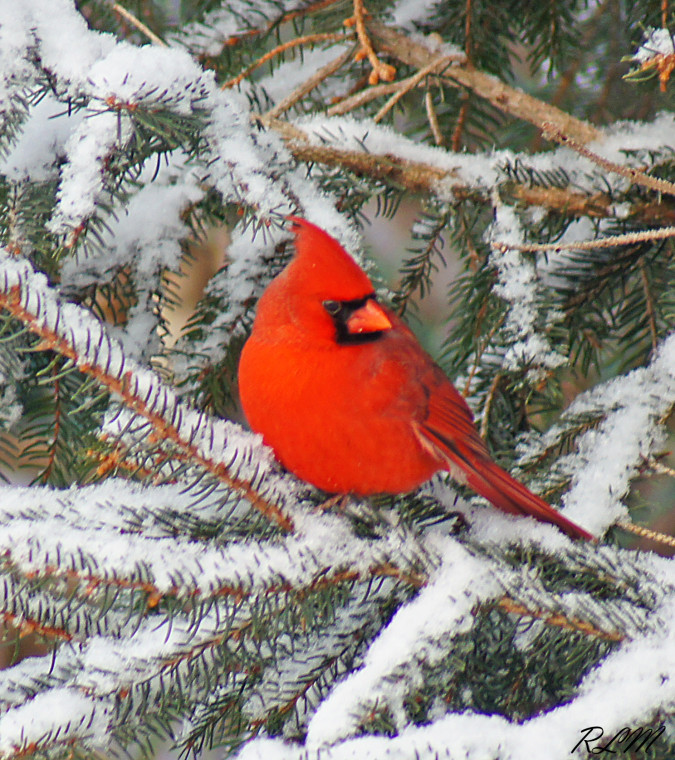
By William Lewis, ESNJ Board Member and Director of NEST
As many birds make their way towards warmer climates this time of year, some species stay put for the cold winter months. Birds are warm blooded, which means their bodies maintain a constant temperature, often around 106 degrees Fahrenheit. To make enough heat and maintain it, they’ve developed many different strategies.
While we know this time of year there are few insects flitting about, our wild birds are generally eating berries and seeds to survive. For instance, the White-crowned Sparrow’s winter diet consists of mostly seeds. The Birds of North America define our winter visitors as an “opportunistic feeder; decreases consumption of seeds and increases consumption of insects from Feb to onset of spring migration.” So now is a good time to put out the bird feeders and refill the bird bath for all those backyard birds that show their appreciation by visiting and putting on an aerial show. Be sure to clean those feeders out regularly to prevent spreading diseases and harming your backyard friends too.
One of the most amazing things about birds is how they are able to survive in the cold. You may be familiar with one of our regular backyard birds, the Carolina Chickadee. Unlike the White-crowned Sparrow, who is with us only a short period of time, the Carolina Chickadee stays with us year round and visits our feeders often in the winter months. This little bird cherishes the winter meals we provide them along with access to water during the cold months, which is just as important as the fuel from sunflower seeds and suet cakes. Food and water act as the fuel that keeps the fire burning in our little feathered friends, enabling them to brave the winter climate of New Jersey. It’s also important they find shelter as we do when going to sleep.
According to Audubon Magazine, birds can also put on fat as both an insulator and energy source. More than 10 percent of winter body weight may be fat in certain species, including chickadees and finches. As a result, some birds spend the vast majority of their daylight hours seeking fatty food sources, making feeder food even more precious for surviving a frosty night.
Birds are extraordinary creatures and birdwatching is an incredible hobby. While enjoying the sights and sounds of bird species and in preparation for it, you may find these five tools useful.
1. Camera equipment to document sightings, and both a spotting scope and fine pair(s) of binoculars.
2. Field guides, which are books designed to help birdwatchers identify wildlife (plants or animals).
3. Hats and t-shirts from environmental groups whose missions are to support the ecosystems.
4. DVDs and books exploring our parks or helping you improve your knowledge on nature and the environment. The film A Birder’s Guide to Everything is a must-see. It follows the story of teenage birders who go on a road trip to find the (possibly) extinct Labrador Duck.
5. Nature and/or environmental organization memberships such as NJ Audubon Society, Wetlands Institute and Pinelands Preservation Alliance.
Sources:
Chilton, G., M. C. Baker, C. D. Barrentine, and M. A. Cunningham. 1995, White-crowned Sparrow (Zonotrichia leucophrys). In The Birds of North America, No. 183 ( A.Poole and F. Gill, eds.). The Academy of Natural Sciences, Philadelphia, and The American Ornithologists’ Union. Washington, D.C.